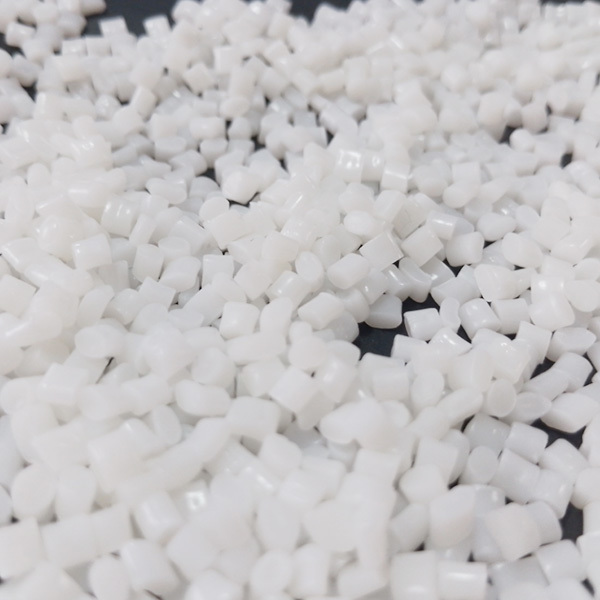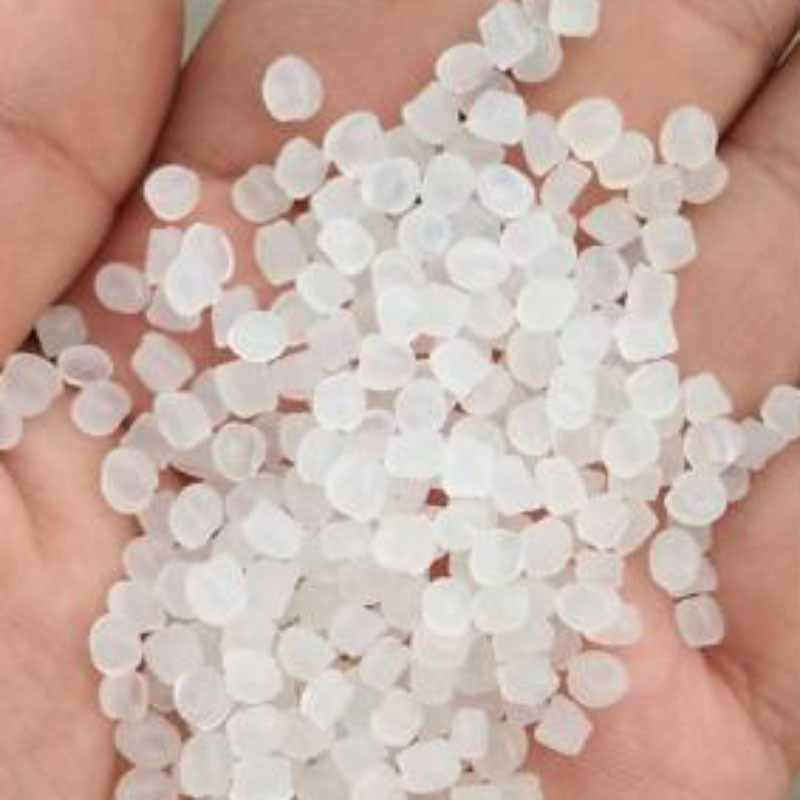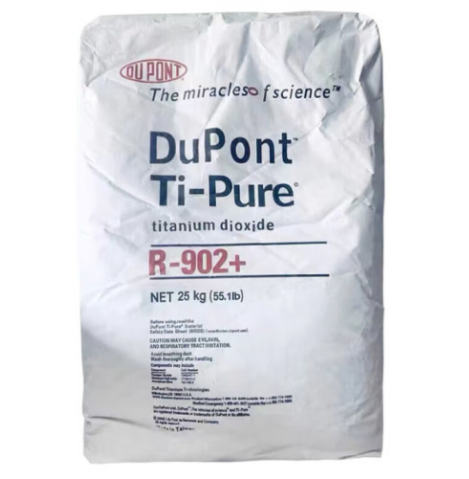The Growing Demand for EVA in the Global Market: Trends, Applications, and Future Prospects
Release Time:
Jul 11,2025
The Growing Demand for EVA in the Global Market The global market is witnessing a substantial surge in demand for Ethylene Vinyl Acetate (EVA), a unique copolymer that has become increasingly popular across multiple industries. This article aims to provide an in-depth analysis of EVA, examining its properties, applications, and the factors driving its demand. As we navigate the complexities of thi
The Growing Demand for EVA in the Global Market
The global market is witnessing a substantial surge in demand for Ethylene Vinyl Acetate (EVA), a unique copolymer that has become increasingly popular across multiple industries. This article aims to provide an in-depth analysis of EVA, examining its properties, applications, and the factors driving its demand. As we navigate the complexities of this dynamic market, we will explore not only the current trends but also the future outlook for EVA.
Understanding EVA: Composition and Properties
EVA is a copolymer made from ethylene and vinyl acetate. Its unique composition grants it a blend of properties that make it exceptionally versatile. Some of the notable characteristics include:
1. Flexibility and Elasticity
One of the most remarkable features of EVA is its flexibility and elasticity. This makes it an ideal choice for applications requiring durable yet soft materials. The degree of elasticity can be tailored by adjusting the vinyl acetate content, allowing manufacturers to meet specific performance requirements.
2. Transparency and Clarity
EVA offers high clarity and transparency, making it a preferred material in packaging applications. Its aesthetic appeal draws consumers and brands alike, enhancing product visibility on shelves.
3. Excellent Adhesion Properties
EVA is known for its exceptional adhesive properties, which enhance its utility in various applications, including adhesives and coatings. This characteristic is crucial in industries where strong bonding is required.
4. Resistance to UV Rays and Weathering
EVA exhibits excellent resistance to UV radiation and environmental factors. This makes it suitable for outdoor applications, as it maintains its properties even under harsh conditions.
Key Applications of EVA in Various Industries
The versatility of EVA allows it to be utilized in a broad range of applications across numerous industries. Here are some of the key sectors where EVA is making an impact:
1. Packaging Industry
The packaging industry is one of the largest consumers of EVA. Its clarity, flexibility, and sealing properties make it an excellent choice for food and non-food packaging. EVA films are often used for shrink wraps and protective packaging, ensuring product safety during transport.
2. Footwear Manufacturing
EVA's lightweight and cushioning properties have made it a favorite material in the footwear industry. Many athletic shoes and sandals incorporate EVA as a midsole material to enhance comfort and support. The foam-like texture also contributes to improved shock absorption.
3. Automotive Industry
In the automotive sector, EVA is increasingly used for interior components, such as dashboards and insulation materials. Its durability and ability to withstand temperature variations make it suitable for enhancing vehicle performance and comfort.
4. Construction and Building Materials
EVA is utilized in various construction applications, including roofing membranes and insulation materials. Its resistance to moisture and UV rays contributes to the longevity and performance of building structures.
5. Medical Applications
The medical sector is another significant market for EVA. It is used in manufacturing medical devices, such as IV bags and tubing, due to its biocompatibility and flexibility. The material's chemical resistance also ensures safety in medical applications.
Market Trends Driving Demand for EVA
Several trends are contributing to the growing demand for EVA in the global market. Understanding these trends can provide valuable insights into the future landscape of EVA applications.
1. Increasing Consumer Awareness of Sustainability
As consumers become more environmentally conscious, the demand for sustainable materials is rising. EVA, being recyclable, aligns with these consumer values, encouraging manufacturers to adopt it in their products.
2. Growth of the E-commerce Sector
The rapid expansion of e-commerce has created a surge in demand for packaging materials. EVA's lightweight and protective properties make it an ideal choice for businesses looking to optimize their shipping processes while ensuring product safety.
3. Advancements in Technology
Innovations in manufacturing processes are enhancing the quality and performance of EVA products. Advanced techniques allow for the production of EVA materials with tailored properties, opening up new applications and markets.
4. Rising Demand in Emerging Markets
Emerging markets, particularly in Asia-Pacific, are witnessing significant growth in sectors such as automotive and construction. This growth is driving the demand for EVA as a key raw material in these industries.
Regional Analysis of EVA Demand
The demand for EVA varies across different regions, influenced by industrial growth, consumer preferences, and economic conditions. Here’s a closer look at some of the key regions driving the EVA market:
1. North America
North America holds a significant share of the EVA market, primarily due to the advanced packaging industry and automotive sector. The presence of major manufacturers and a focus on innovation contribute to the region’s strong demand.
2. Europe
Europe is witnessing steady growth in EVA demand, driven by sustainability trends and a robust automotive industry. The European Union's emphasis on environmental regulations encourages the use of recyclable materials, boosting EVA's appeal.
3. Asia-Pacific
The Asia-Pacific region is experiencing rapid growth in EVA demand, fueled by industrialization and urbanization. Countries like China and India are expanding their manufacturing capabilities, leading to increased consumption of EVA across various sectors.
4. Latin America and Middle East & Africa
While still emerging markets for EVA, Latin America and the Middle East & Africa are expected to see growth as infrastructure development and consumer demand for packaged goods increase.
Challenges Faced by the EVA Market
Despite the growing demand, the EVA market is not without its challenges. Addressing these challenges is crucial for sustained growth.
1. Fluctuating Raw Material Prices
The prices of raw materials used in EVA production can be volatile, impacting overall production costs. Manufacturers need to navigate these fluctuations carefully to maintain profitability.
2. Competition from Alternative Materials
The rise of alternative materials, such as thermoplastic elastomers (TPEs) and other polymers, poses a competitive threat to EVA. Manufacturers must continuously innovate and demonstrate the unique advantages of EVA to retain market share.
3. Environmental Concerns
While EVA is recyclable, there are ongoing concerns about plastic waste and environmental impact. The industry must advance recycling technologies and promote the sustainable use of EVA to address these issues effectively.
Future Prospects for the EVA Market
The future of the EVA market appears promising, with numerous opportunities for growth and innovation. Here are some of the anticipated developments:
1. Enhanced Recycling Technologies
As sustainability becomes a focal point, advancements in recycling technologies for EVA will likely emerge. Improved recycling processes can increase the material's lifecycle and reduce environmental impact.
2. Expansion into New Applications
Ongoing research and development efforts may uncover new applications for EVA, especially in high-tech industries such as electronics and renewable energy. This expansion will contribute to increased demand.
3. Collaborative Efforts for Sustainable Practices
Collaboration among manufacturers, policymakers, and consumers to promote sustainable practices will enhance EVA's reputation as an eco-friendly material. Such initiatives can further drive market expansion.
Frequently Asked Questions (FAQs)
1. What is EVA, and what are its primary uses?
EVA, or Ethylene Vinyl Acetate, is a copolymer known for its flexibility, transparency, and adhesive properties. It is primarily used in packaging, footwear manufacturing, automotive components, and medical applications.
2. How does EVA compare to other polymers?
EVA offers a unique combination of properties, including excellent elasticity and UV resistance, which differentiates it from other polymers like polyethylene and polypropylene. Its versatility allows for a wide range of applications.
3. Is EVA a sustainable material?
EVA is recyclable, making it a relatively sustainable option compared to some other plastics. However, the industry continues to address environmental concerns related to plastic waste.
4. What factors are driving the demand for EVA in emerging markets?
Industrial growth, increasing urbanization, and rising consumer demand for packaged goods are the primary factors driving EVA demand in emerging markets, particularly in Asia-Pacific.
5. What challenges does the EVA market face in terms of competition?
The EVA market faces challenges from alternative materials such as TPEs and fluctuating raw material prices. Manufacturers must innovate to maintain their competitive edge and address environmental concerns.
Conclusion
The demand for EVA in the global market is on the rise, driven by its versatile properties and applications across various industries. While challenges exist, the future prospects for EVA remain bright, with opportunities for innovation and sustainability paving the way for continued growth. As we move forward, understanding the trends, applications, and regional dynamics will be crucial for stakeholders looking to capitalize on this burgeoning market. The ongoing evolution of EVA promises to shape the future of material science, offering endless possibilities for manufacturers and consumers alike.
Keywords:
You Can Also Learn More About Industry Trends






